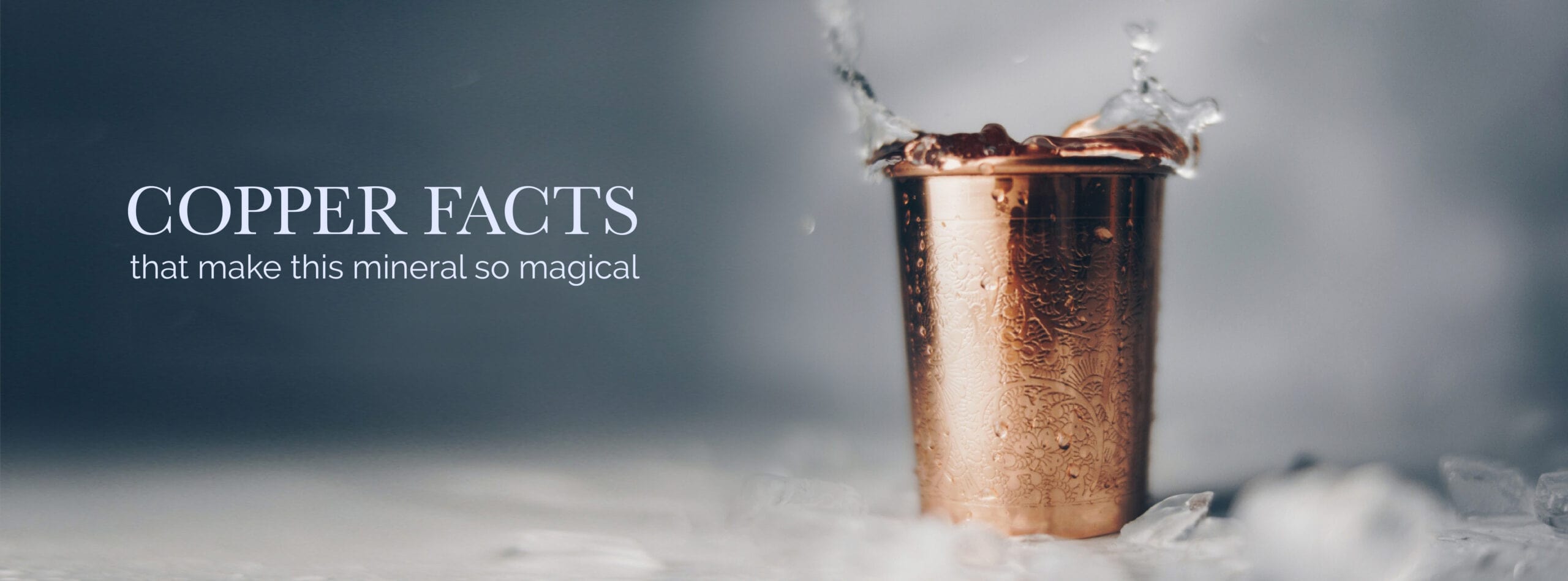
CU
Copper is element No. 29 on the periodic table, with the element symbol Cu. It has a reddish-metallic colouring unique among all the elements and is the only other non-silvery metal on the periodic table besides gold. It is considered a semi-precious, non-ferrous, malleable metal with many hundreds of applications in the areas of electricity and electronics, plumbing, building construction and architecture, industry, transportation, and consumer and health products. 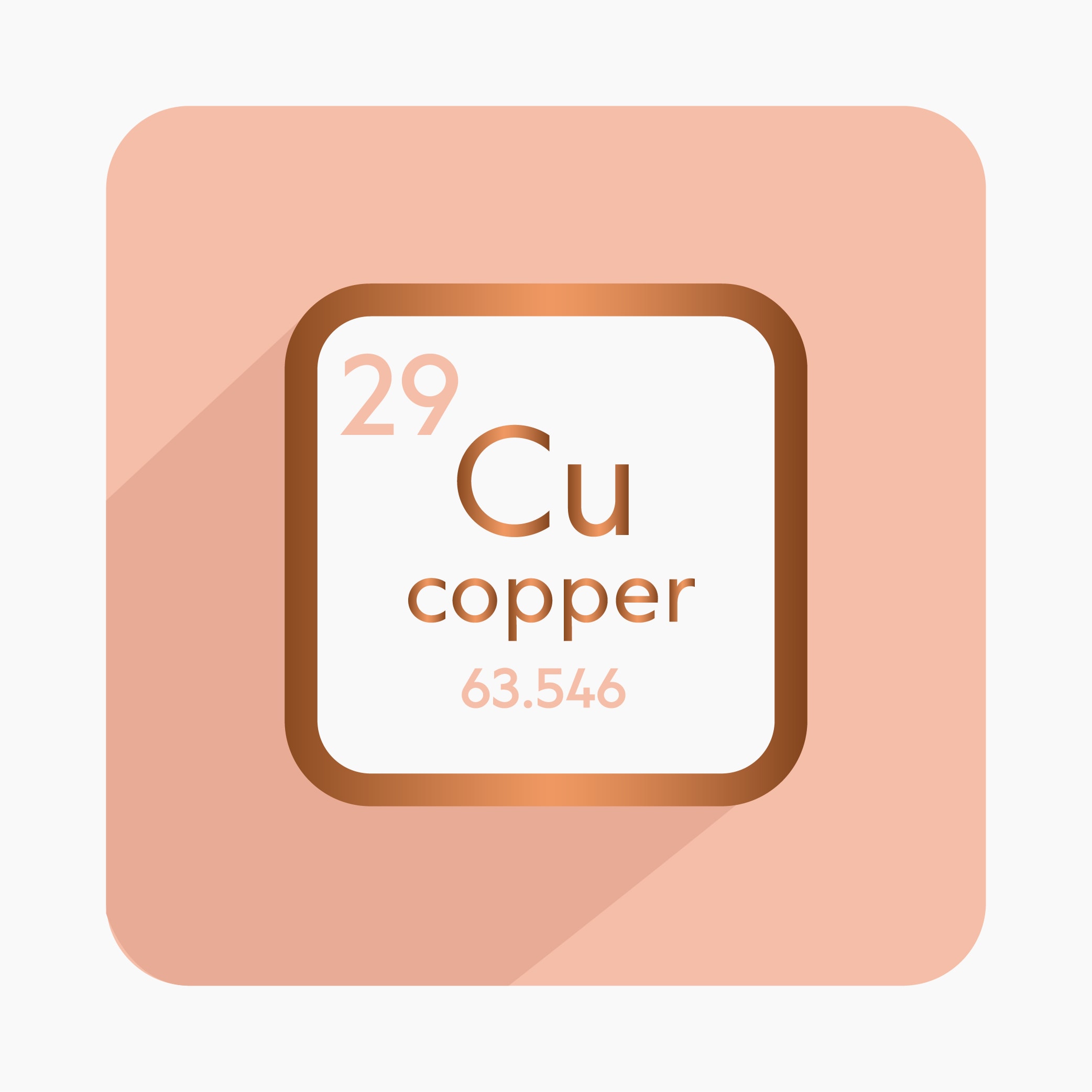
IT ISN’T PURE GOLD!
Only when you blend copper to gold, is how you get red gold or rose gold. So when you are buying a rose gold jewelry, it’s blended with 75% gold, 22.25% copper and 2.75% silver. Any red gold jewelry has a blend of 25% copper and 75% gold. Even 22K gold has copper in it.
Pure gold is so soft that you can shape it with your hands, which is why most gold jewelry is actually a mixture of gold, silver and copper. In Europe, it was forbidden to alloy gold with metals other than silver and copper up until the 19th century 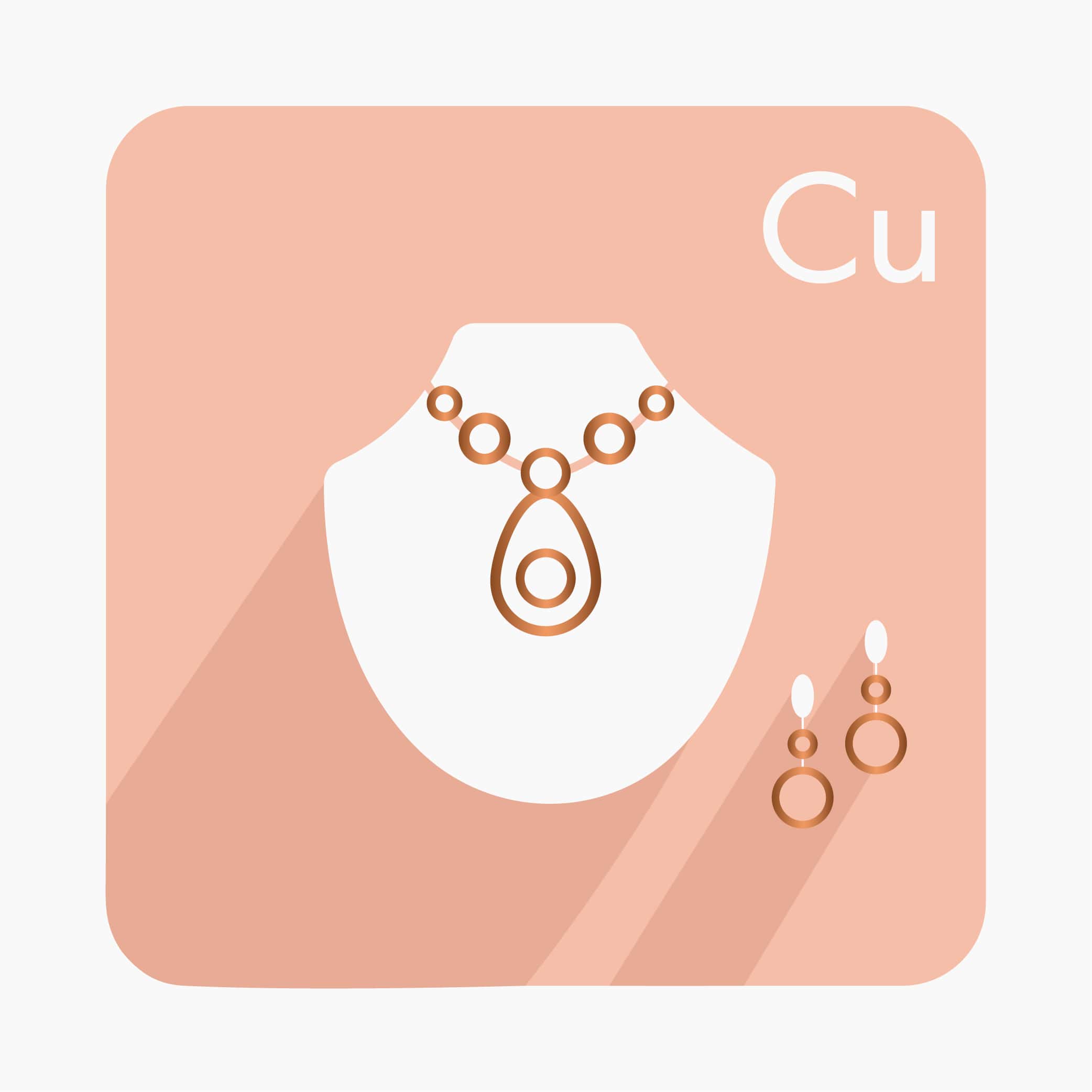
COPPER GETS ITS NAME FROM CYPRUS!
Copper gets its name from the Latin word Cuprum, meaning “from the island of Cyprus”. The Romans gave copper its name. They called it “aes cyprium” (ore from Cyprus) because in ancient times most of the copper came from Cyprus. The word was later modified to “cuprum” from which we derive our modern day “copper”. In the Ancient Roman world, most copper was mined in Cyprus, the island nation in the eastern Mediterranean Sea! Cyprus still holds some of the richest copper ore deposits per surface area in the world. 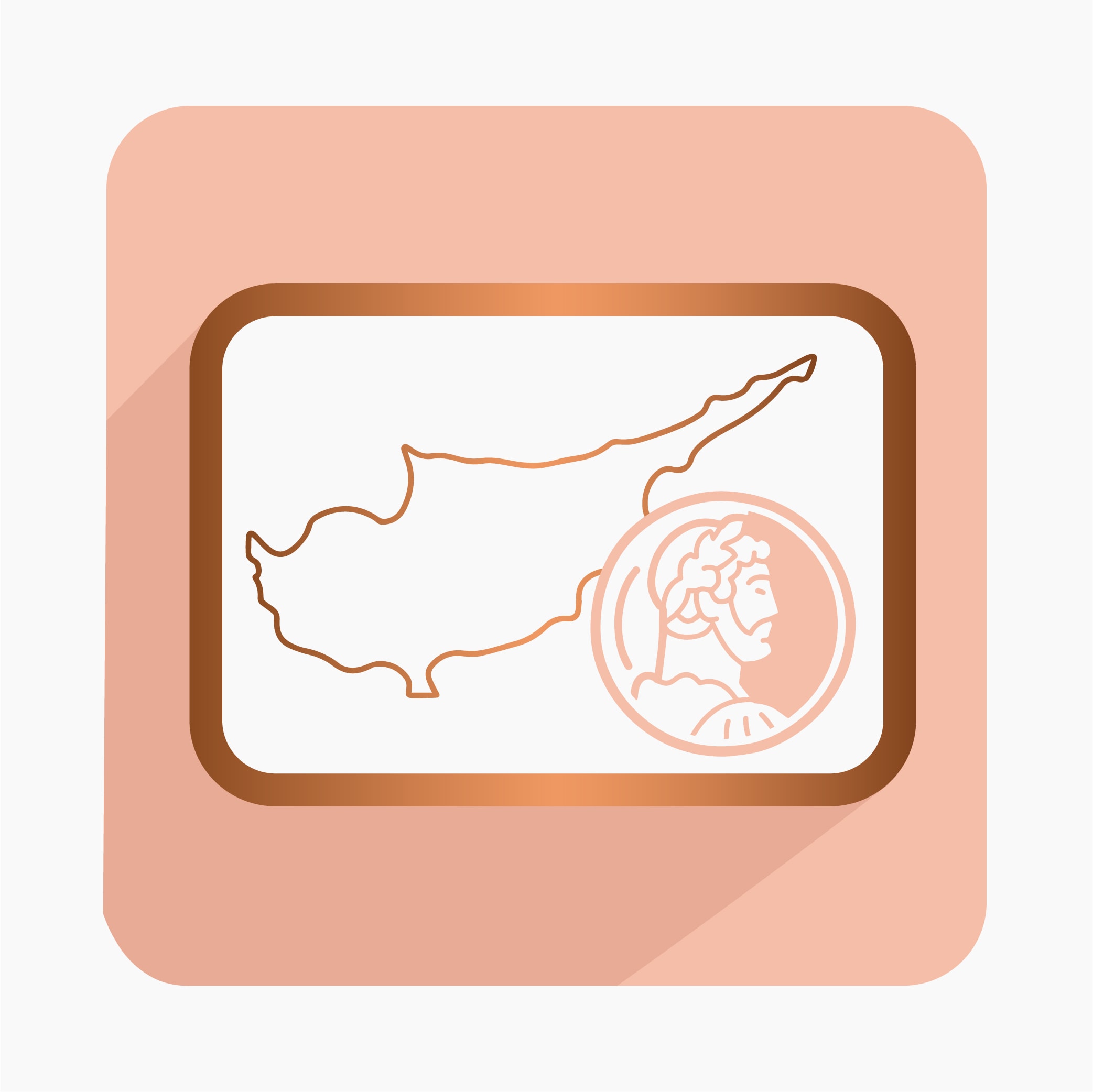
COPPER HISTORY
Copper was the first metal to be worked by man, along with gold and meteoritic iron. This is because these metals were among the few that exist in their native state, meaning the relatively pure metal could be found in nature. The use of copper dates back more than 10,000 years. Otzi the Iceman (3300 BCE) was found with an axe that had a head consisting of nearly pure copper. The iceman's hair contained high levels of the toxin arsenic, which may indicate the man was exposed to the element during copper smelting. 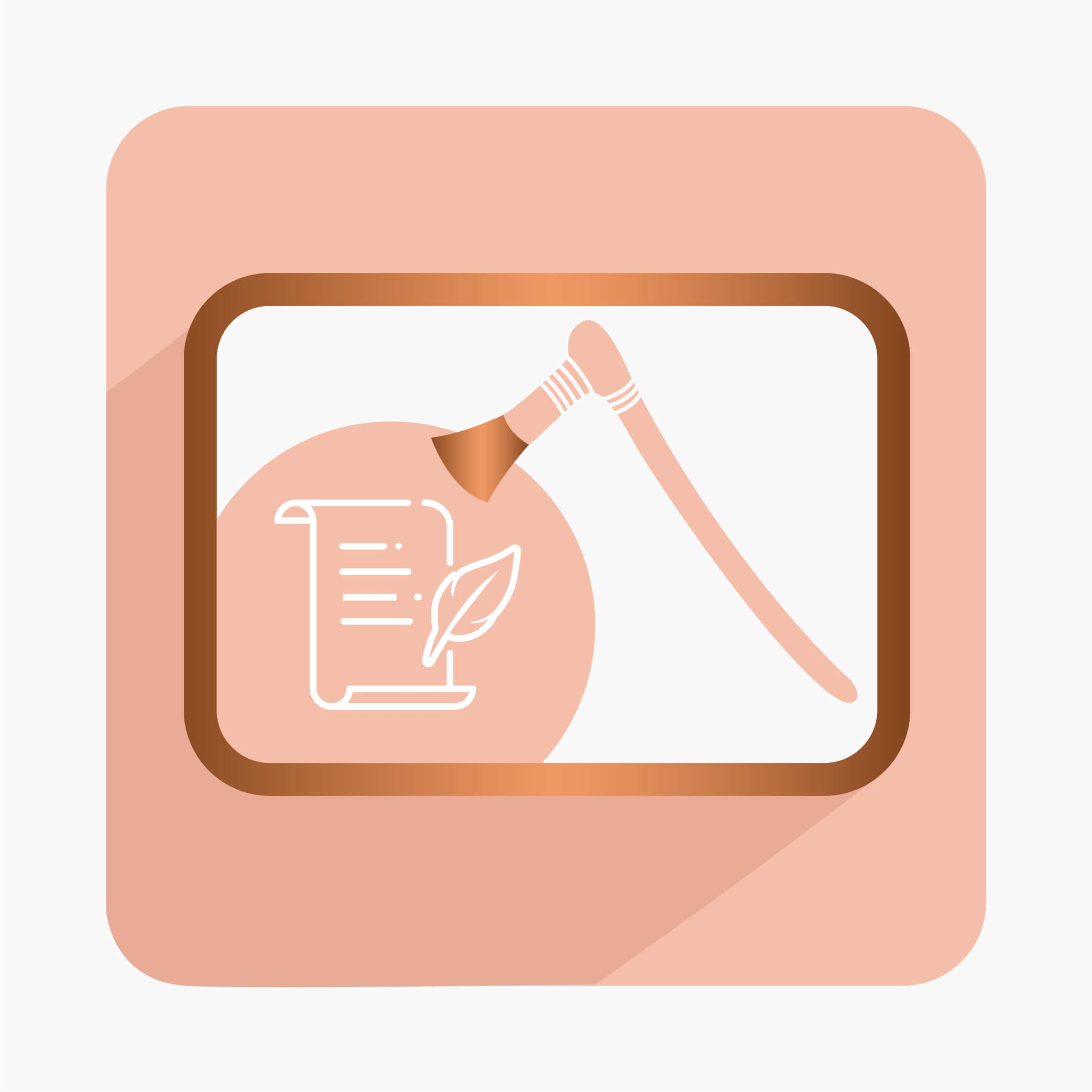
COPPER FOR NUTRITION
Copper is an essential element for human nutrition. The mineral is critical for blood cell formation and is found in many foods and most water supplies. A balanced diet requires a recommended daily intake of about 1 mg of copper. Some foods are especially rich in copper, including most nuts, seeds, chickpeas, liver and oysters. Natural foods such as cereals, meat and fish generally contain sufficient copper to provide up to 50% of required copper intake. Also, there are some unexpected and delightful sources such as cocoa, providing one valid, scientific reason to eat chocolate! 
COPPER ACTS ANTIBACTERIAL
Copper is a natural antibacterial agent. It is common to use copper door handles in public buildings because they help prevent disease transmission. Copper alloys also have an inherent low susceptibility to the attachment of marine organisms, and cleaner hulls means faster ships. Today, copper alloys are used as durable, corrosion-resistant materials to protect fish farms, offshore platforms, boat hulls, seawater pipework and desalination units. 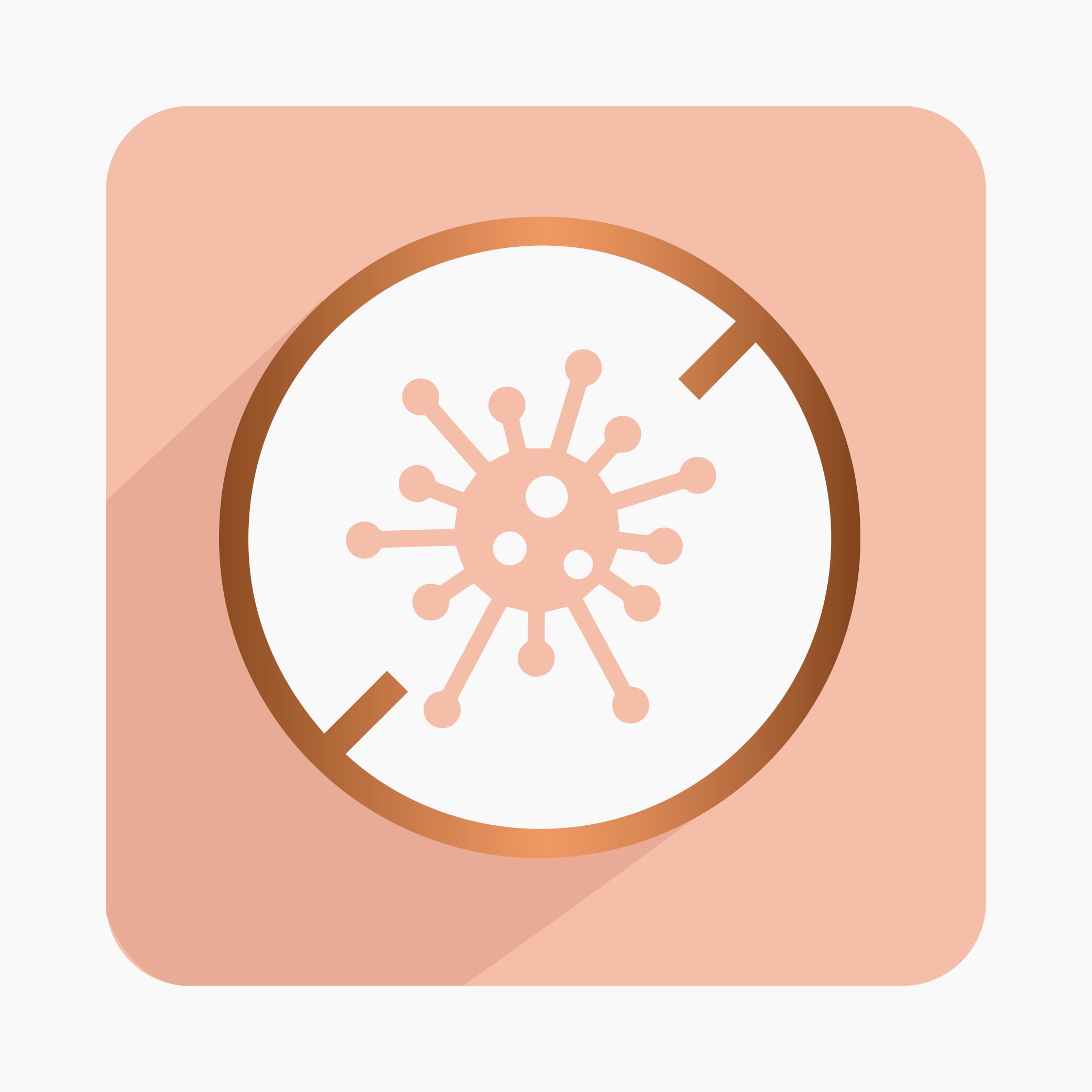
STATUE OF LIBERTY IS COATED WITH COPPER
New York’s Statue of Liberty is made of more than 80 tonnes of copper from Norway’s Visnes Copper Mines. Made by French artisans, it withstood the long journey from France to America and resisted the salty sea air. Copper does eventually oxidize; this is the reason the Statue is green in colour. The Lady’s natural, green patina has protected her from corrosion since 1886. 
COPPER IS RECYCLABLE
It has been estimated that at least 80% of all copper ever mined is still in use, or available for use, today, having been recycled over and over. Copper’s ability to be recycled repeatedly, without any loss in performance, is an important sustainable benefit. Today, around 50% of Europe’s copper demand is met by recycled material. It's an abundant metal in Earth's crust, present at concentrations of 50 parts per million. Its abundance is 2.5 x 10-4 mg/L in seawater. The Earth's copper was formed in exploding white dwarfs and massive stars, before the solar system formed. 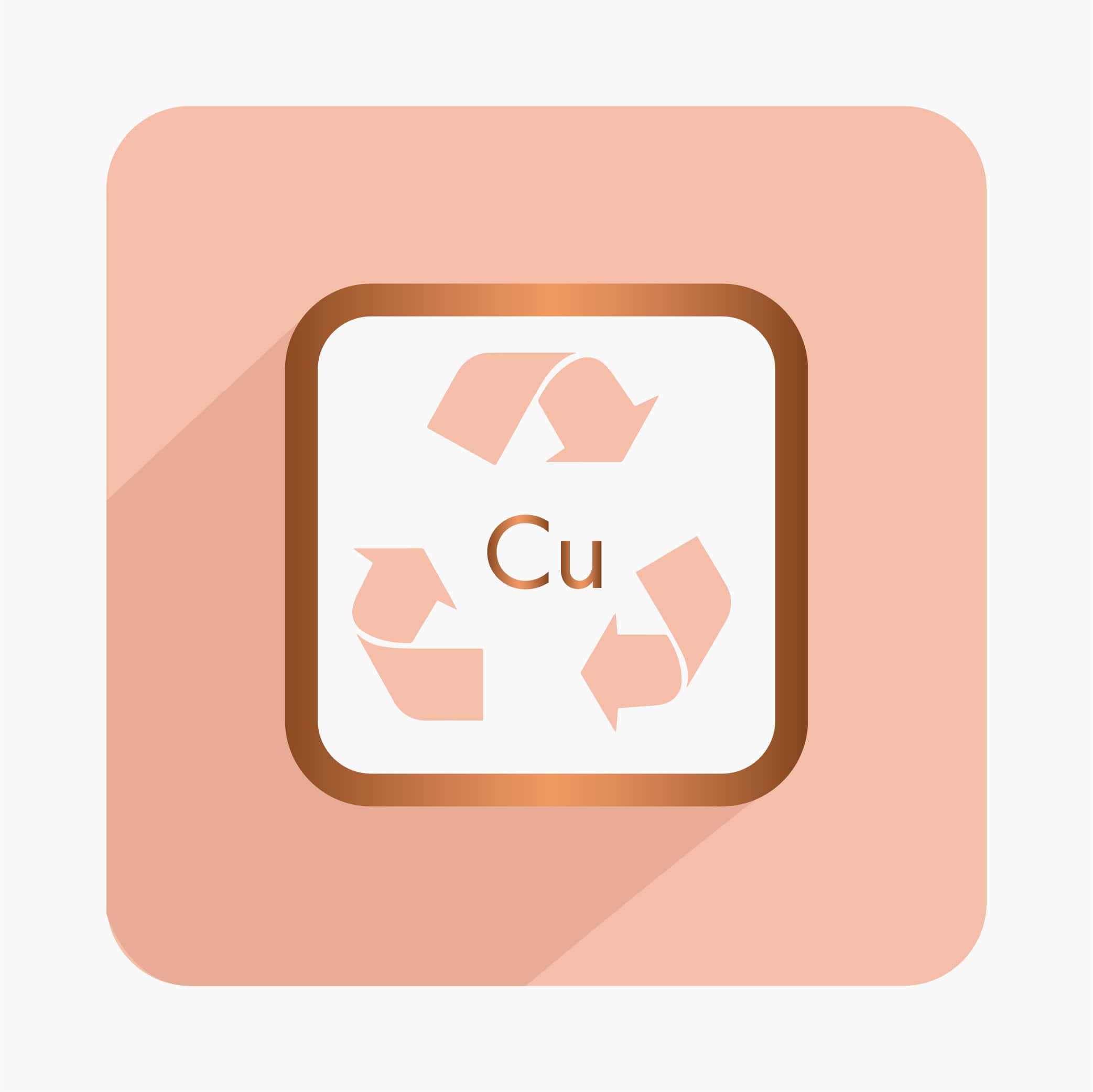
COPPER EVOLUTION IN INDIA
India has a long-established history in the evolution of copper. By the end of the 16th century tunnel, copper industry was already mushrooming in villages, nooks, yards and mills. Entering the pipeline of 17th century India saw the copper age in an entirely new light. From palaces to slums, from monuments to roadside stalls, from kings to farmers, copper was everywhere. Plus the transition from clay utensils to metal ones played a significant role in creating a remarkable copper revolution in Indian subcontinent. 
ANKH SYMBOL FOR ETERNAL LIFE
The Ancient Egyptians used the “ankh symbol” to denote copper in their system of hieroglyphs. The Ankh is defined as: The symbolic representation of both Physical and Eternal life. It is known as the original cross, which is a powerful symbol that was first created by Africans in Ancient Egypt. The Ankh is commonly known to mean 'life' in the language of Ancient Kemet (land of the Blacks) renamed Egypt by the Greeks. It is also a symbol for the power to give and sustain life, the Ankh is typically associated with material things such as water (which was believed by Egyptians to regenerate life), air, sun, as well as with the Gods, who are frequently pictured carrying an Ankh. Egyptian gods carried the ankh by the loop, or held one in each hand crossed over their breast. Latinists interpreted the symbol as a crux ansata, "cross with a handle" 
LONGEVITY
Archaeological finds suggest copper tubes were first used by Ancient Egyptians to carry water in around 2750 BC. An example in the Berlin State Museum – from a temple near the Pyramid of Sahure in Abusir – remains largely intact. The fact that the copper piping is still present and fairly intact—in spite of the poor condition of the temple—speaks to the durability of copper as a piping material 
COPPER IN CARS
The average car contains up to 22.5 kg of copper. Copper electrical and electronic components enable intelligent engine and gear management, and extensive sensor and infotainment systems. Increasingly complex, efficient electrical systems in modern cars require more power, and more copper.

COPPER COOKWARE
From traditional jam pans to the cutting-edge casserole dishes used by Michelin-starred chefs, copper cookware offers superior heat conductivity, guaranteeing a consistent temperature and limiting thermal inertia to give the best results every time. 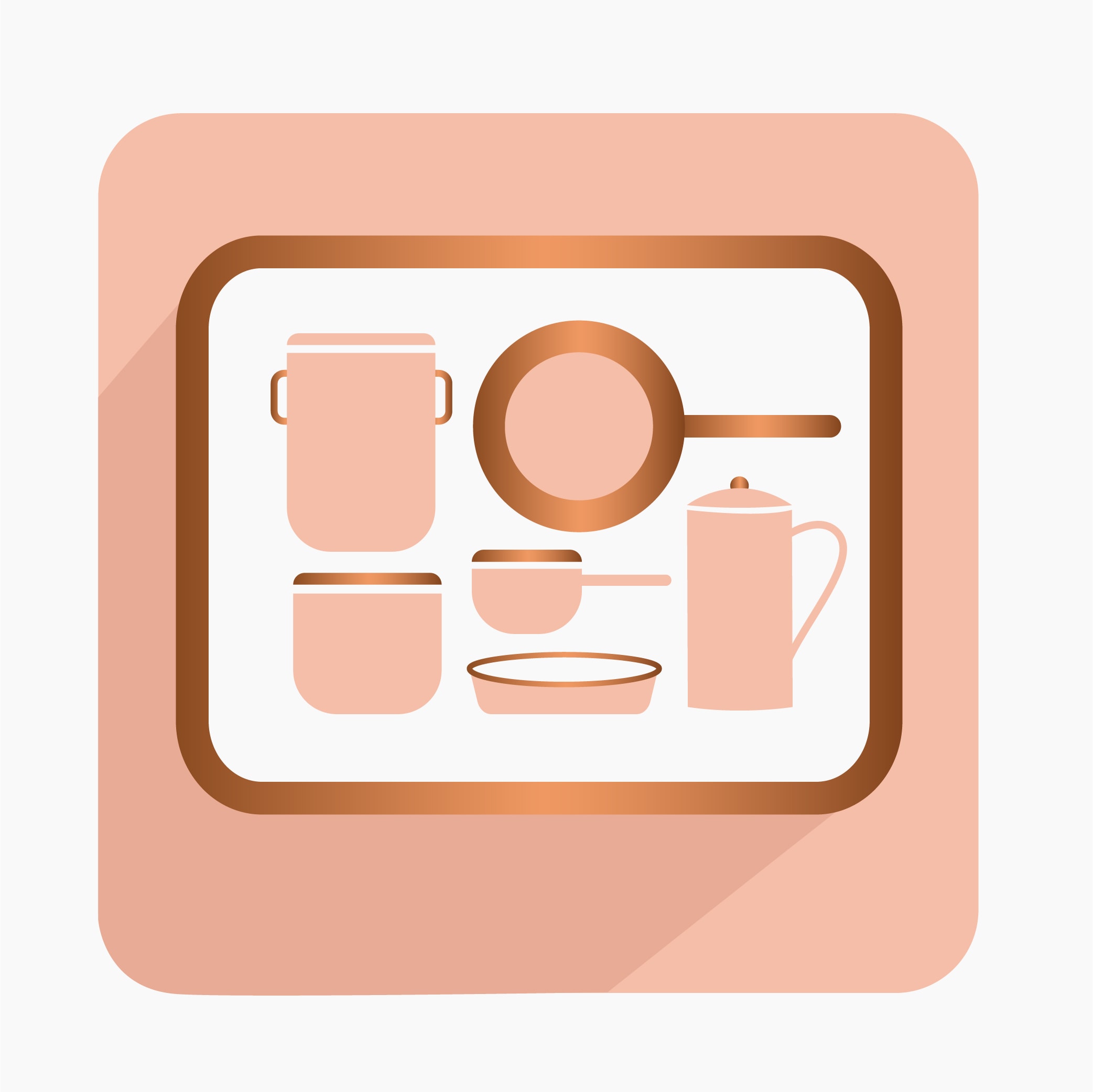
LIGHTNING PROTECTION
Every year lightning strikes many buildings throughout the world. Copper has long been used to protect them in the form of lightning conductors that channel the lightning safely to ground. Also, tools made from copper and copper alloys do not produce sparks and are therefore used in hazardous and potentially explosive areas where sparks could ignite volatile materials, chemicals or gases. These non-sparking copper alloy tools are also non-magnetic and corrosion resistant. 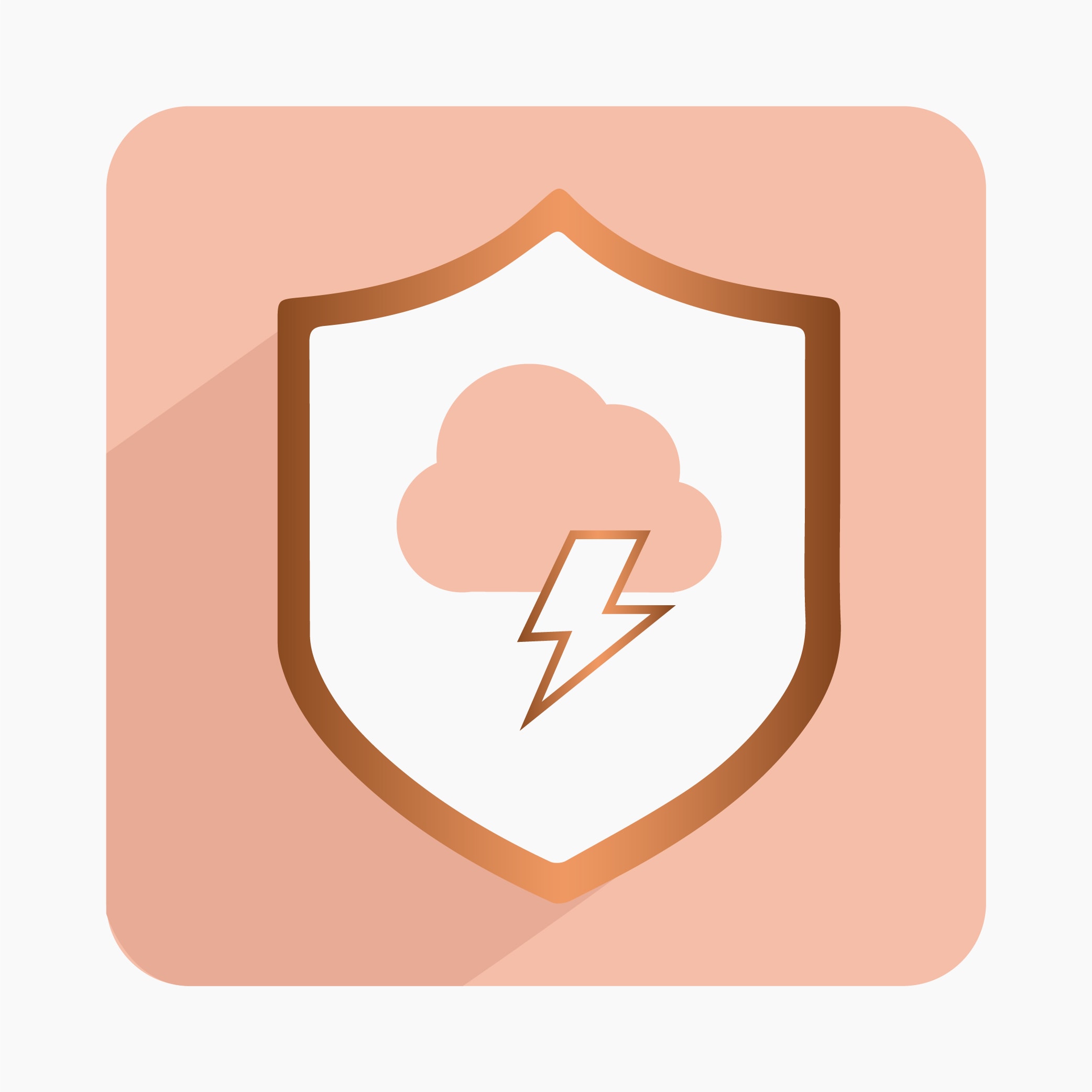
NUCLEAR WASTE
Copper’s exceptional corrosion resistance is harnessed in many inhospitable environments. Sweden, a leader in long-term nuclear waste handling, keeps used nuclear fuel in oxygen-free copper canisters with a wall thickness of five centimeters. These canisters have to remain effective for 100,000 years, but are expected to last five times longer. 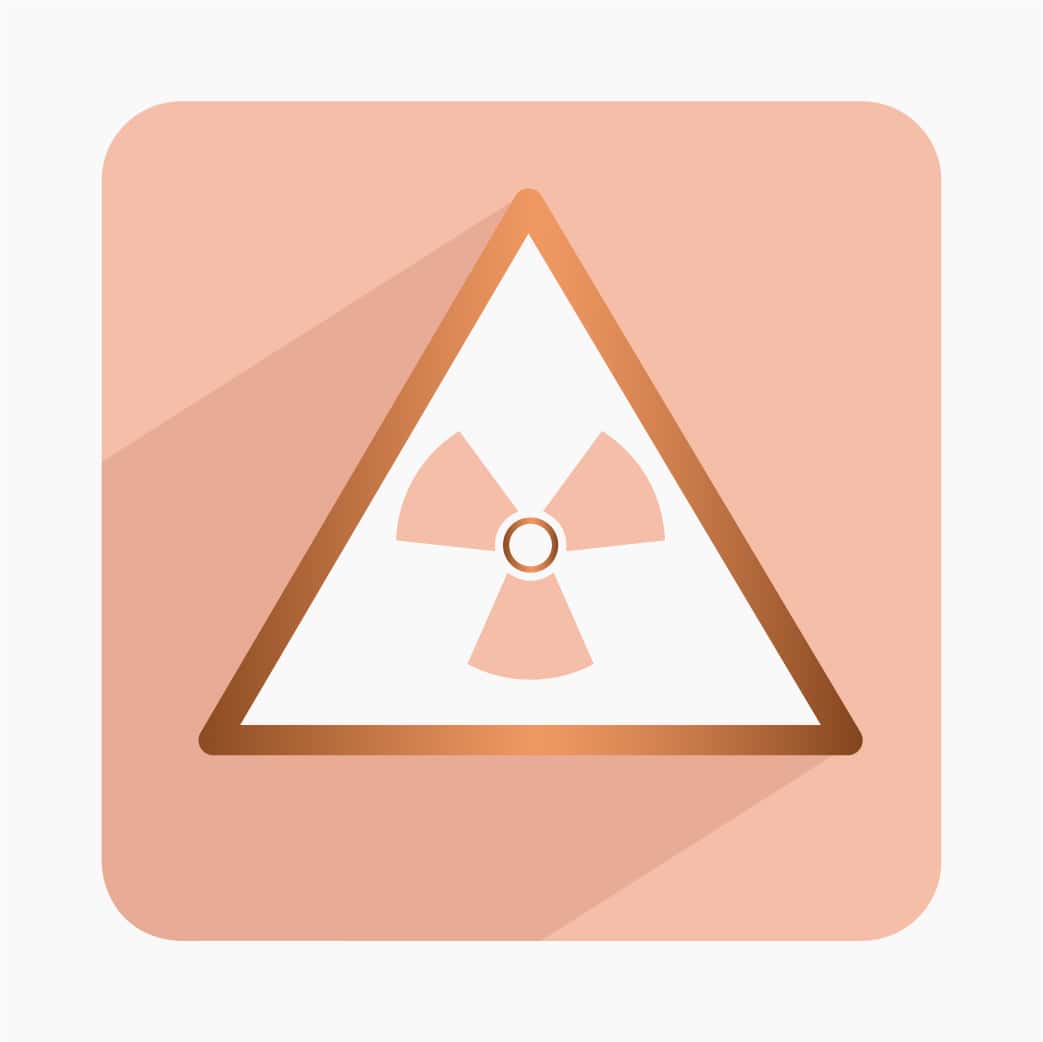
HIGH-SPEED TRAINS
High-speed trains contain about 20 tonnes of copper-containing components, mainly in the voltage transformers and drive motors. The pantographs of high-speed trains place huge forces on the overhead wiring systems that supply current. Special copper alloys have been developed to maintain the required contact as train speeds increase. The contact wire that provides power to trains is 99.9% copper, with tiny amounts of other metals added to improve wear resistance without reducing conductivity. This wire also offers higher tension than older types, making it easier to keep the engine’s pantograph in constant contact with it, enabling higher speeds. 
WIND TURBINES
The biggest offshore wind farms in the North and Baltic seas contain up to 30 tonnes of copper per turbine in their ring generators. Every year, each tonne of copper used can save over 150 times the amount of carbon dioxide produced during its manufacture. 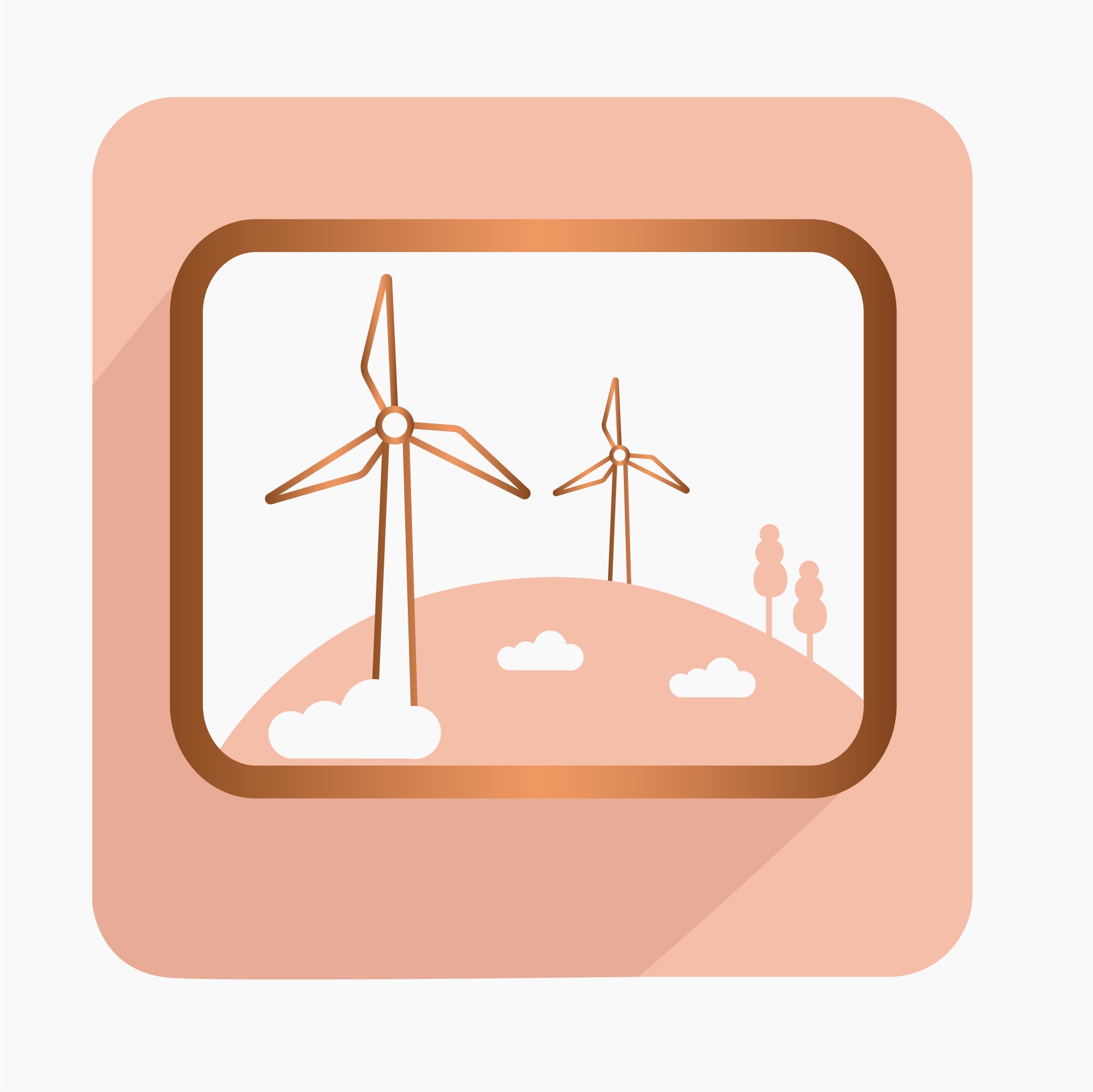
MAGNETIC FIELD WORLD RECORD
A new magnetic field world record of 91.4 Tesla was set on 22 June 2011 at Dresden-Rossendorf Helmholtz Centre in Germany. A double coil of copper wire, weighing 200 kg and the size of a rubbish bin, was purpose-built to achieve this. 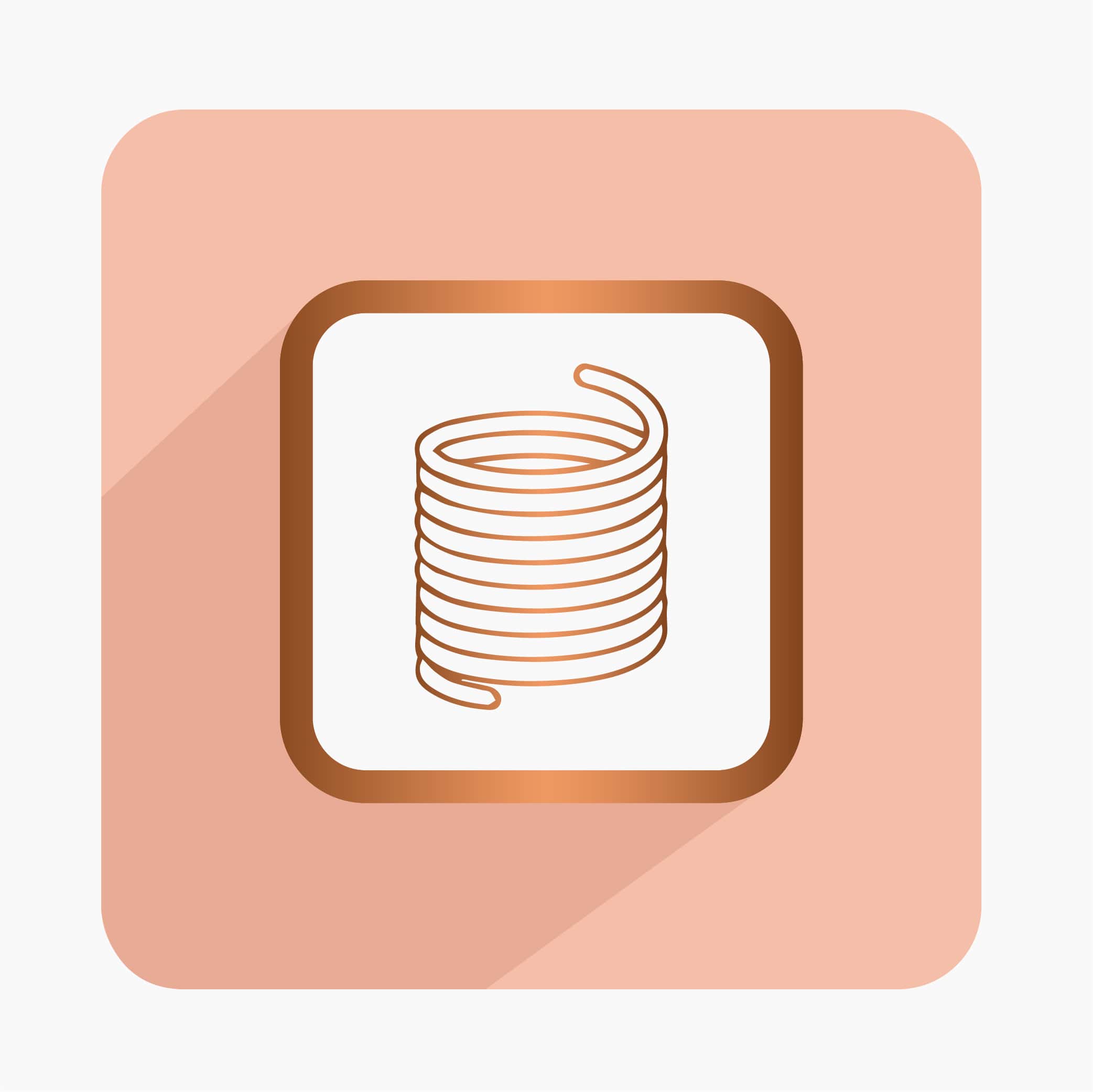
COPPER AS MEDICINE
Though microbes weren’t discovered until the 19th century, copper’s hygienic properties were well-known through experience and tradition. The Egyptians, Greeks, Romans and Aztecs used copper compounds for the treatment of disease and good hygiene. Egyptians used copper as a sterilization agent for drinking water and wounds. Hippocrates treated open wounds and skin irritations with copper. The Romans catalogued numerous medicinal uses for copper, and the Aztecs treated sore throats with it, while Persia and India applied copper to treat boils, eye infections and ulcers. 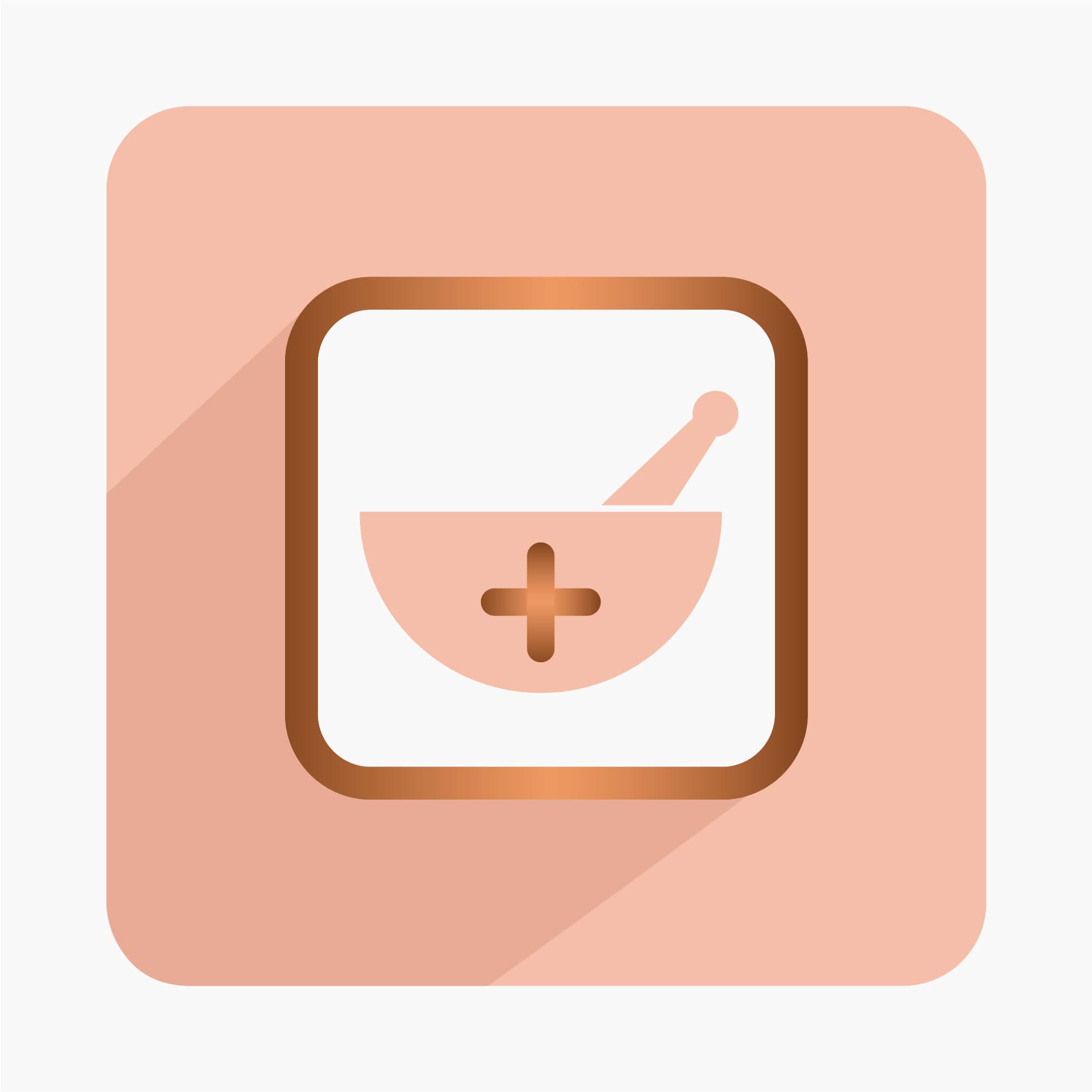
Previous
Next
